Pain can limit you from doing the most simple things, like climbing stairs, bending forward or even standing up.
However, it doesn’t need to take away your independence or even the joy of simply living your life. Thanks to Rescue FlexTM, you can get pain relief as well as improved mobility, flexibility and energy.
Apart from that, there are also three pillars to success that, when combined with Rescue FlexTM, will put you in the top 1% of our customers who see the absolute best results possible.
These three pillars have to do with your sleep, your diet and your exercise.
Sleep
People who experience joint and muscle pain are most often deprived of sleep. Similarly, those who don’t get enough sleep have more painful and achy joints.1
This becomes a vicious circle, as less sleep can make your joints painful, and painful joints, in return, don’t let you sleep.2
According to Dr. Lee, people who don’t get enough sleep may have abnormal central nervous system (CNS) pathways, which regulate sleep. They may also experience increased inflammation, which can result in swollen, painful joints.3
That’s why it’s important to get enough sleep and rest as possible to improve your pain and mobility.
Below are three tips to help you get a sound sleep every night.
Choose the Right Mattress and Pillow
Sleeping on a good mattress can make sleeping more comfortable.
Whenever possible, choose mattresses that are soft to reduce pressure on your painful joints and help boost blood circulation and spinal alignment.
Similarly, using the right pillow can help you sleep better.
Pillows can prevent back and neck pain, as well as hip, shoulder and other forms of joint discomfort. They also relieve pressure by keeping the upper body in alignment during sleep.
If you have knee or hip pain, it’s best to place a pillow between your knees. If you have shoulder pain, sleeping on your back and using a wedge pillow can also help make sleeping more comfortable.
Practice Good Sleep Hygiene
Following healthy sleep habits can help you enjoy a good night’s sleep. By practicing good “sleep hygiene," you can maximize the hours you sleep, thus helping to improve your pain.
Here are three simple tips to help you get to sleep faster:
- Go to bed at the same time every night. For example, if you often go to sleep at 8 p.m., try to get relaxed and ready to sleep at 8 p.m. every night, not just sometimes.
- Create a night routine to relax your mind and prepare your body for sleep. This might include reading a book, listening to soothing music or taking a warm bath.
- Stop using your phone, computer, e-reader, and other light-emitting devices an hour before you sleep. These devices produce blue light that can suppress melatonin production, making it harder for you to “turn off” your brain and fall asleep.
Cool Down Your Bedroom
The ideal room temperature for restful, uninterrupted sleep is between 60-67 degrees Fahrenheit. Conversely, a warmer room may make you toss and turn in bed.
To help you cool down your bedroom for an optimal night’s rest, make sure to open your window or turn on your air conditioning before going to sleep.
Diet
Eating a healthy diet not only helps you lose weight, but can also help you make your bones and joints stronger and healthier. Eating foods that can help reduce inflammation, strengthen connective tissue, and build up your bone density can make a world of difference in your levels of pain.
The following foods can help prevent the onset of joint pain for improved mobility and flexibility.
Fatty Fish
Salmon, herring and mackerel are rich in omega-3 fatty acids, which can help suppress the production of proteins that can wear out and damage your cartilage.4
They also fight any inflammation that may result from osteoarthritis or rheumatoid arthritis.
Seeds and Nuts
Nuts and seeds also have an abundance of omega-3.
A small daily portion of almonds, walnuts, flax seeds, chia seeds or pine nuts can help reduce inflammation and maintain healthy joints and connective tissue.
Fruits and Vegetables
Make sure to also add fruits and vegetables to your daily menu to help improve pain.
You see, these foods are rich in antioxidants and can help reduce inflammation.
For example, blueberries are high in anthocyanins, a flavonoid that can help “turn off” inflammatory responses in the body.5 Apples are also anti-inflammatory fruits. Pineapples have an abundance of bromelain, a nutrient that can help improve your joint pain as well.6
Similarly, onions, garlic, turmeric and ginger all have anti-inflammatory properties, too.
Exercise
Joint pain can limit you from doing simple everyday tasks, like grocery shopping, bending forward, brisk walking or playing your favorite sports.
However, staying on your couch and moving less won't make the pain disappear. In fact, it can weaken your muscles, affect your posture and make your joints feel even worse.
On the other hand, doing the right sets of exercises and movements can help you get relief from your knee, ankle, shoulder or hip pain.7 They can help you:
- Strengthen the muscles around your joints.
- Maintain strong, healthy bones.
- Boost your energy.
- Get more restful sleep at night.
- Maintain a healthy weight.
- Improve your mood and balance.
The Centers for Disease Control and Prevention suggests that people do low-impact aerobic exercise for at least 30 minutes three to five days a week. This type of exercise includes the following:
Walking
Walking daily can help you shed pounds, as your joints may be suffering from pressure and stress due to extra weight.8
Walking can also tone your leg and abdominal muscles. As a result, your muscles can take on more of the weight and pressure overloading your joints.9
In addition, the majority of joint cartilage doesn’t get enough blood flow. Walking gets the heart pumping and more oxygen and nutrients to the cartilage more easily.10
Swimming
Swimming is a great way to soothe your joints and stretch your muscles. In fact, a study showed that women who did water-based exercise for 16 weeks strengthened their joints and improved their levels of pain.11
Therefore, make sure to hit the pool for some swim laps or water walking.
Pilates
Pilates can help strengthen and improve muscle control. This low-impact type of workout can also help ease pressure on your hips and joints.
It can alleviate tension in your back muscles as well, for further pain relief. And not only that, Pilates can even help correct your posture, which can also help improve chronic neck pain.
So, if you want to be able to stand, walk and bend forward without nagging joints and muscles, making the three simple lifestyle changes above, along with taking Rescue FlexTM can help improve your pain, so that you can live a normal life again.
Scientific References
- https://www.ncbi.nlm.nih.gov/pmc/articles/PMC3296796/
- https://journals.plos.org/plosone/article?id=10.1371/journal.pone.0140058
- https://www.arthritis.org/health-wellness/healthy-living/managing-pain/fatigue-sleep/sleep-and-pain
- https://www.sciencedirect.com/science/article/pii/S1063458408003828
- https://www.ncbi.nlm.nih.gov/pmc/articles/PMC6513185/
- https://www.ncbi.nlm.nih.gov/pmc/articles/PMC538506/
- https://www.health.harvard.edu/healthbeat/the-secret-to-joint-pain-relief-exercise
- https://www.arthritis.org/health-wellness/healthy-living/physical-activity/walking/building-a-walking-workout
- https://www.ncbi.nlm.nih.gov/pmc/articles/PMC6220608/
- https://pubmed.ncbi.nlm.nih.gov/27386811/

 Cart
Cart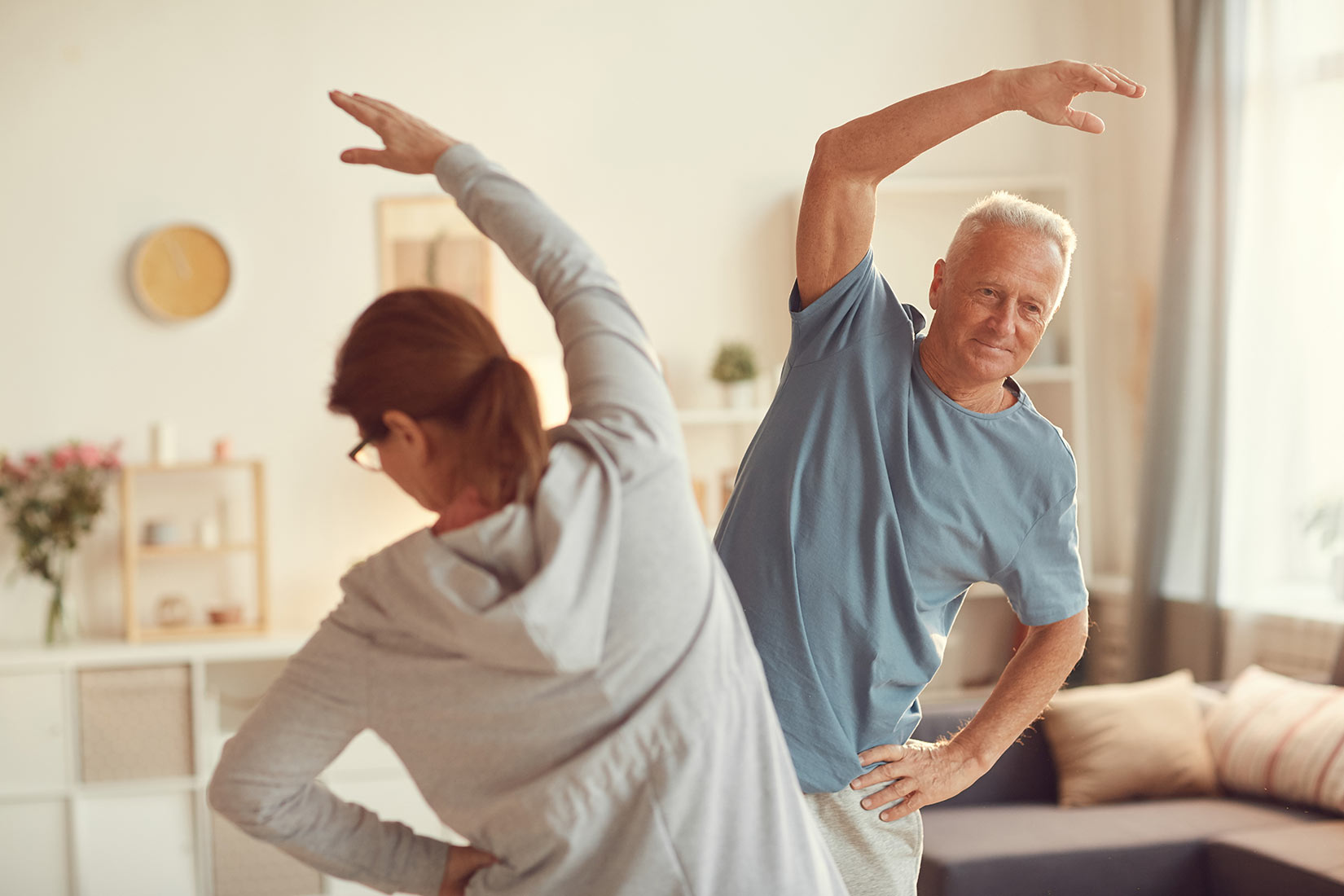
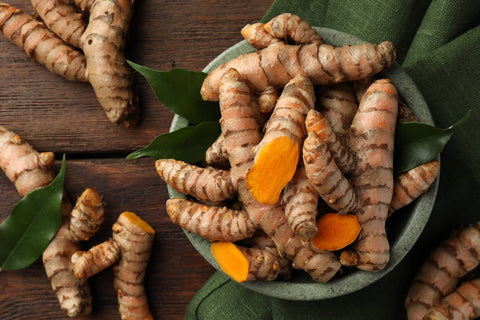
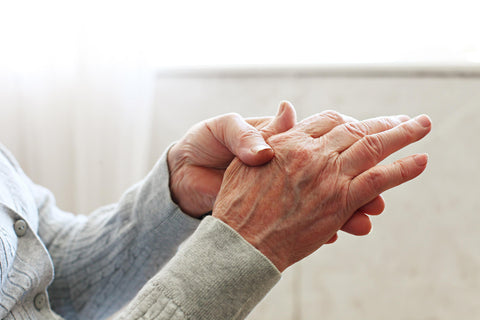

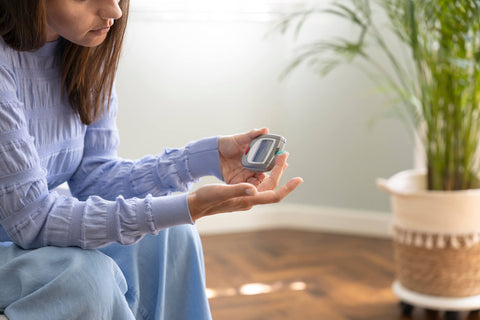




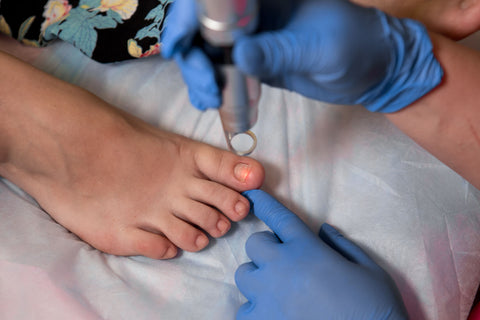
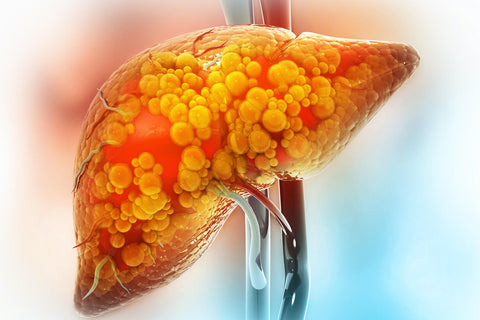


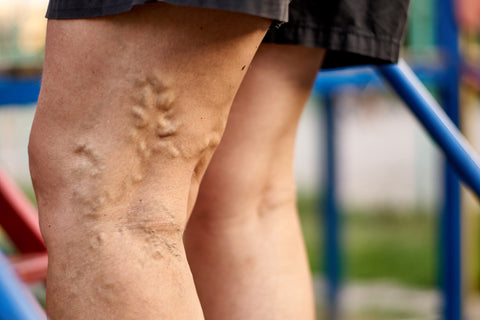



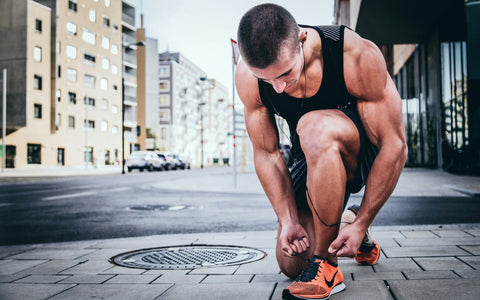

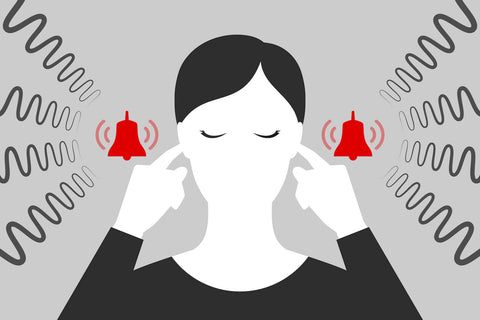


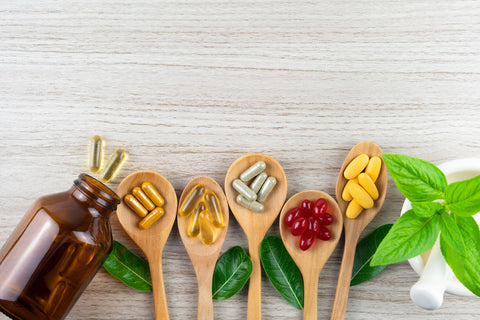
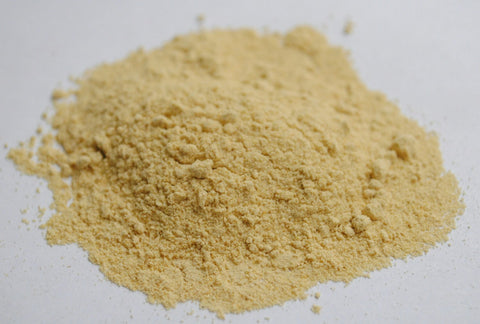

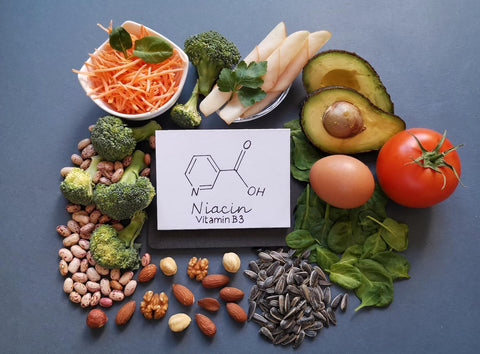
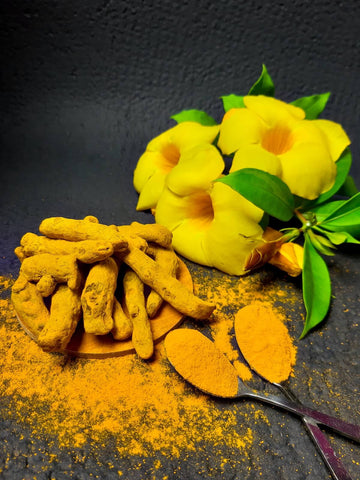
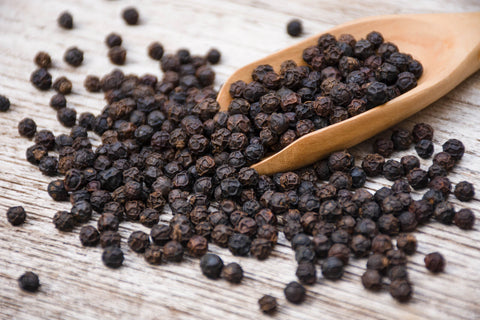
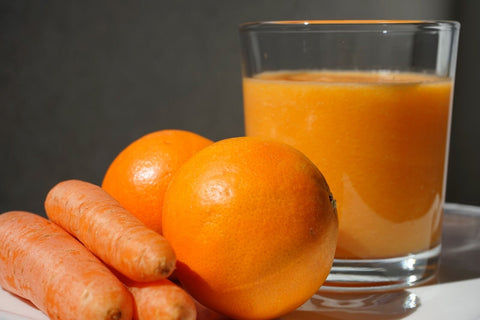
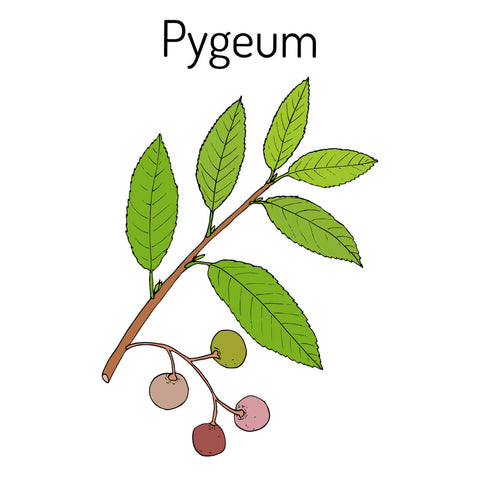
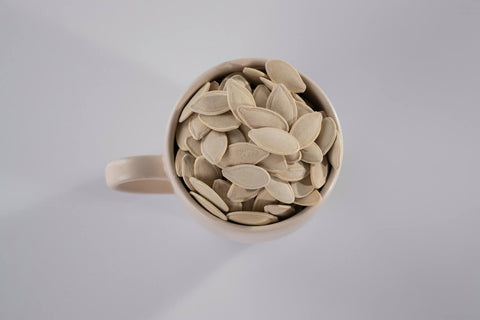
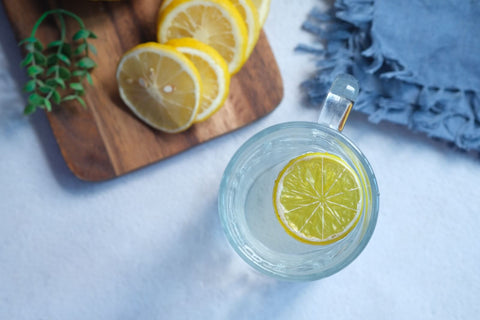


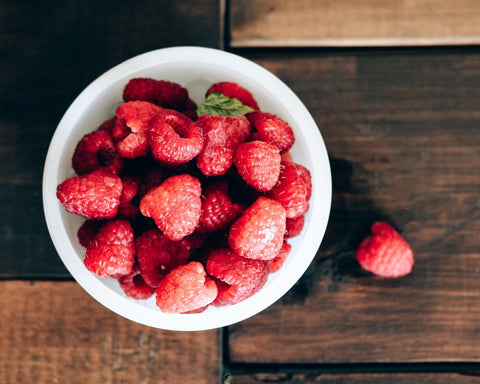
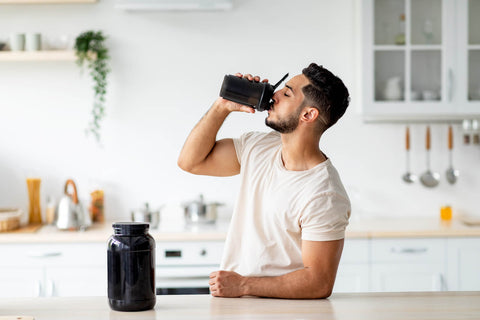

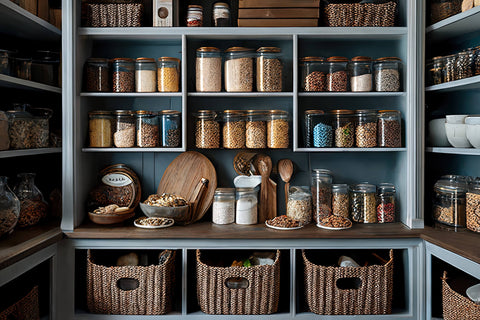
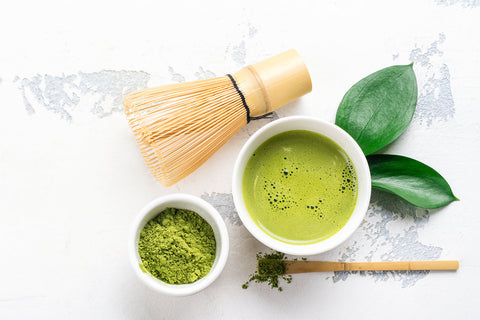

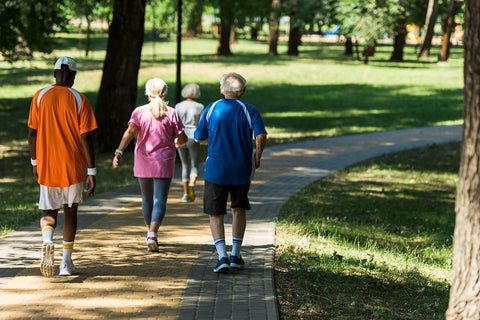

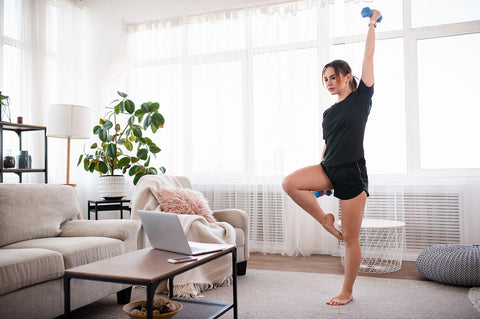



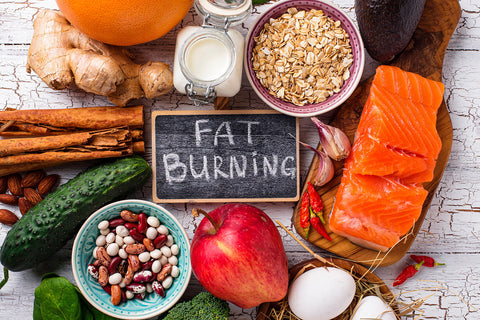
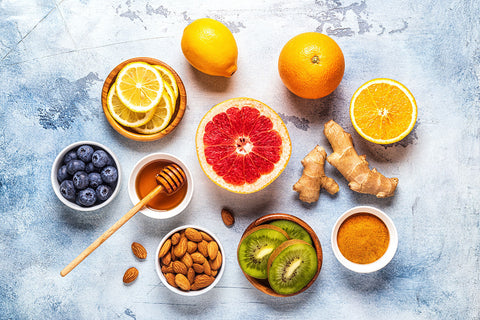
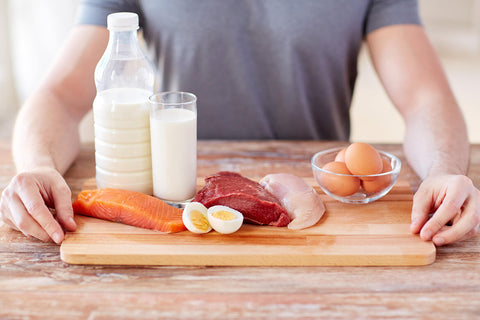
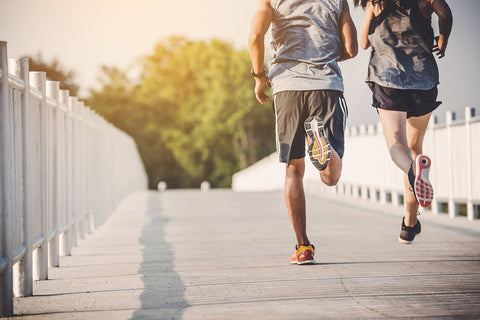


 1-800-822-5753
1-800-822-5753
